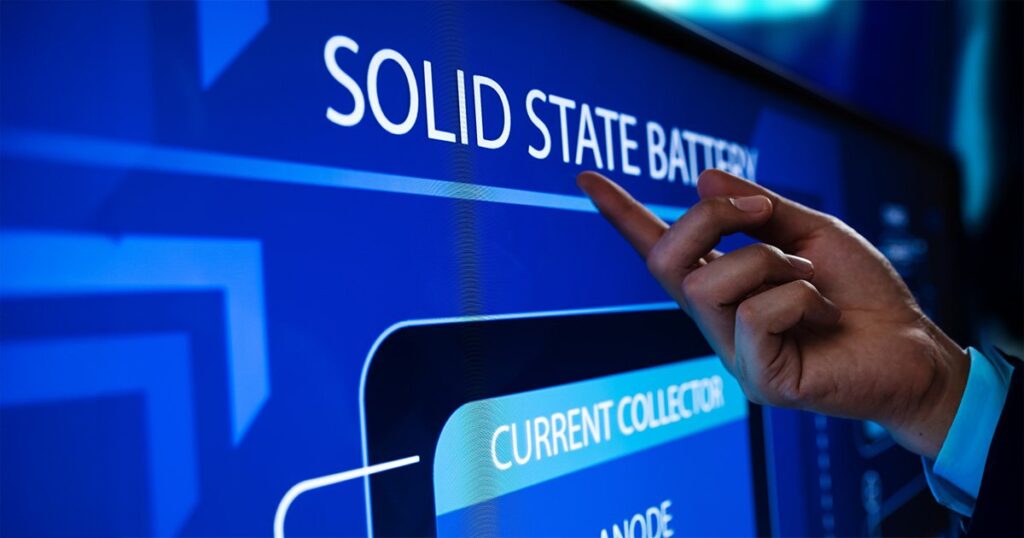
Solid-state lithium metal batteries (SSLMBs) are gaining significant attention as a potential replacement for traditional lithium-ion batteries. They promise improved energy density and enhanced safety. A recent study conducted by researchers from Tohoku University has provided valuable insights into the manufacturing processes for these next-generation batteries, particularly focusing on the solid electrolyte Li7La3Zr2O12 (LLZO).
The research, led by Eric Jianfeng Cheng and Hidemi Kato, published in the journal Small, examines two prominent pressure-assisted sintering techniques: hot pressing (HP) and spark plasma sintering (SPS). Both methods have been identified as effective in achieving high-density ceramic membranes, which are crucial for the performance of SSLMBs.
Historically, producing these membranes has required extensive high-temperature sintering processes, lasting several hours at temperatures exceeding 1,000 °C. Such conditions often result in lithium evaporation, which can increase production costs and hinder large-scale manufacturing capabilities. This challenge has pushed researchers to explore alternative methods that can streamline production while maintaining quality.
In their systematic comparison, the authors found that both HP and SPS can achieve nearly complete densification (approximately 98%) in under five minutes. Surprisingly, the study revealed no significant differences in ionic conductivity or microstructure between the two methods. This finding challenges the previously held belief that SPS offered unique advantages due to a so-called “plasma effect.”
Cheng stated, “Our findings show that SPS is not inherently superior to hot pressing. This evidence helps both researchers and manufacturers make informed decisions based on cost, equipment, and scalability, rather than on misconceptions.” The study’s conclusions suggest that manufacturers can choose between HP and SPS based on their specific requirements, such as equipment availability and production costs.
The implications of this research are significant for the future of SSLMBs. By dispelling the myth surrounding the superiority of SPS, the study encourages a more flexible and cost-effective approach to battery production. This shift could accelerate the development of safer and more efficient solid-state batteries, which are crucial for various applications, including electric vehicles and renewable energy storage.
The research highlights the importance of innovation in battery technology as the world moves towards more sustainable energy solutions. As the demand for high-performance batteries continues to grow, understanding the most effective manufacturing techniques will be vital in shaping the industry.
In conclusion, the comparative study of hot pressing and spark plasma sintering provides a clearer path forward for the production of solid-state lithium metal batteries. With both methods proving equally effective, manufacturers can focus on optimizing their processes to meet the increasing demand for advanced battery technologies.






